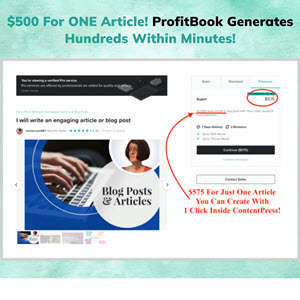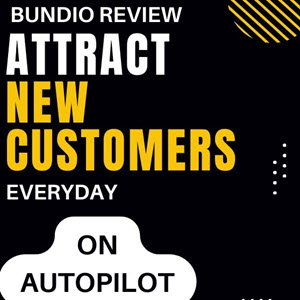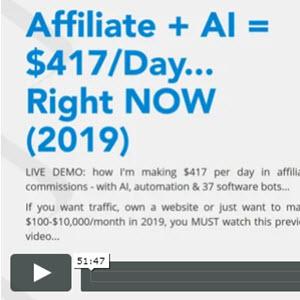How to Leverage Content Marketing to Boost Your Business - Part One
This is the first of a two-part series on how to use Content Marketing to Boost your Business. Check back next week for the second part.
Content marketing is a type of marketing aimed at consumers who have largely insulated themselves from the world of traditional advertising. Modern consumers are likely to use DVR technology to skip commercials (or are cord cutters who see little to no television advertising), listen to podcasts rather than radio and simply ignore most of the marketing messages that they see in print media.
How can you reach these savvy, ad-adverse consumers and boost your business? In a word, content. The goal of content marketing isn’t to use content as a direct sales tool, but to engage readers and build a relationship by providing them with what they’re looking for – interesting, informative and above all, relevant content.
Why Content Marketing Matters
Your content is much more than something to fill space on your website – it’s a representation of your brand. Research shows that more than half of consumers have positive feelings about brands which provide useful content, as opposed to around 10% who have positive associations with advertising. Given these statistics, it’s not hard to see why content marketing should be an integral part of your marketing strategy.
Apart from fostering these positive associations and building brand awareness, content marketing is also an important factor in driving traffic to your site. There is a lot of irrelevant information online, ranging from irritating popup ads to clickbait sites which offer little of value – your content is a way to cut through all of the noise of the internet and give consumers something worth sticking around for.
Not only does quality content drive traffic directly by giving people something worth clicking on, it also indirectly drives traffic by attracting inbound links. Good content won’t just be read, it will be shared and linked to, and most importantly, it will establish your brand as a trusted and authoritative voice in your industry.
Planning Ahead for Effective Content Marketing
By now, it should be obvious that simply creating content isn’t enough to get the kind of results you want. Treat your content marketing strategy as you would any other component of your marketing efforts and do some strategic planning. Identify your audience and determine the best way to engage them. Depending on your target demographic, this could be via social media, YouTube or other video content or a branded blog.
Once you know who you’re trying to reach, you need to find out exactly what kind of content will best appeal to this audience. You should have some idea of what your target audience likes already, but don’t rely on this alone. Use Google Analytics or other tools to find out what kind of content they find the most engaging.
The most effective content marketing campaigns rely on regular injections of fresh content, so before you begin writing anything, develop an editorial calendar to schedule the production and release of content – this is also a good time to decide on what metrics you’re going to use to measure your success afterwards.
Producing Content
You’ve determined what kinds of content are most likely to engage your readers, and now comes the most important part: production. Always try to write both interesting and educational content that will give your readers valuable information and provide them with some useful tips – it will make you stand out among your competitors.
Consider how-to articles and top 10 (or top 5, etc.) lists with enticing headlines; they’re easy to read and likely to be shared. However, it’s always a good idea to post longer in-depth articles on relevant topics – the longer the text, the more inbound links you get. In any case, don’t produce too many texts at the cost of their value; try to find the right measure between quantity and quality whether you write for your own blog or guest post on outside blogs that are read by your target audience. What you should also consider is including visual elements into your texts (photos, images, infographics, charts, etc.) in order to make it more appealing.
Text isn’t the only medium you can use for content marketing. Memes and other images make up a large percentage of the content that users share online, but video can be even more powerful – roughly 50% of shared content is video. Neither is difficult to produce; the average smartphone can shoot fairly high-quality videos and many users actually like the “homemade” feel of these lower-tech online videos.
Engaging consumers with your content is great, but you can further build on your results by communicating with them in a more one-by-one manner. If your content is going on a blog or social media, make a point of responding to reader comments and welcome relevant user-generated content. This creates a two way conversation between your brand and your audience, and they’ll appreciate the opportunity to share their thoughts with you.
Check back next week for the second part in this series which will cover Content Delivery and the Metrics to follow to boost your Content Marketing.
Continue reading here: How to Get the Most Out of Your Social Media Dashboard
Was this article helpful?


